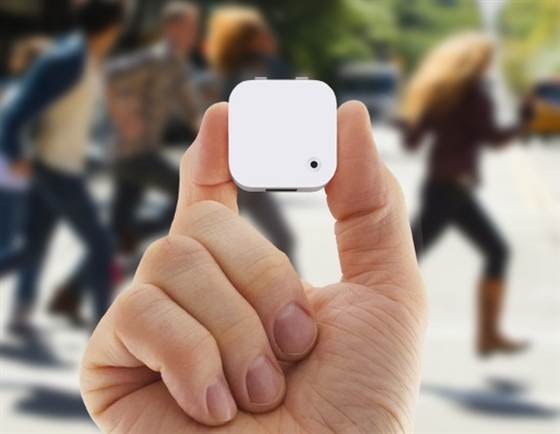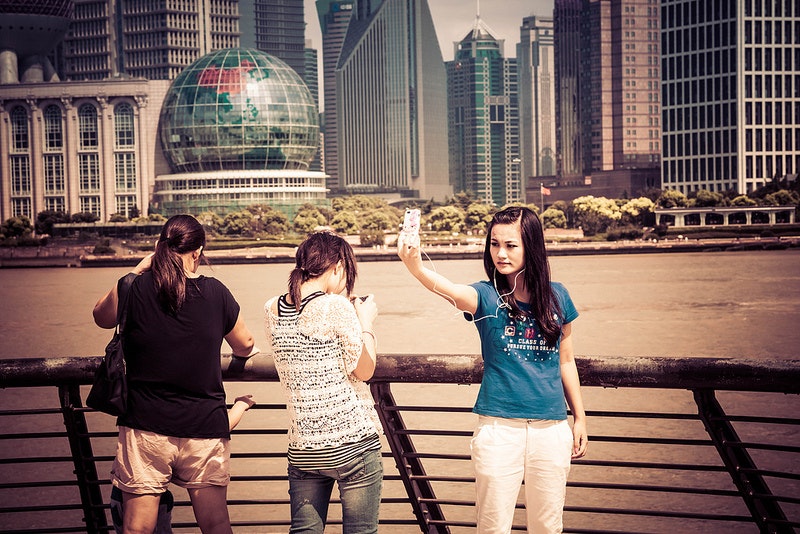People make all of those pictures for a variety of purposes, because they have to or need to or want to. Because image-capturing devices are usually within reach and just because they can. A few years ago, while researching for Photography Changes Everything, I called up an industry analyst who had always been a good source for quantifying photographic activity, to ask why he thought we’ve all become so trigger-happy. In the past, he said, people were culturally programmed by advertising and camera manuals to take photographs of life’s special events, but with the spread of cell phone cameras that began to change. Increasingly, people were making pictures for reasons they weren’t quite sure of, couldn’t justify, or would rather not articulate. If you pressed them to respond, they’d say they were taking pictures of whatever it was that they encountered and thought was cool, curious, or weird.



